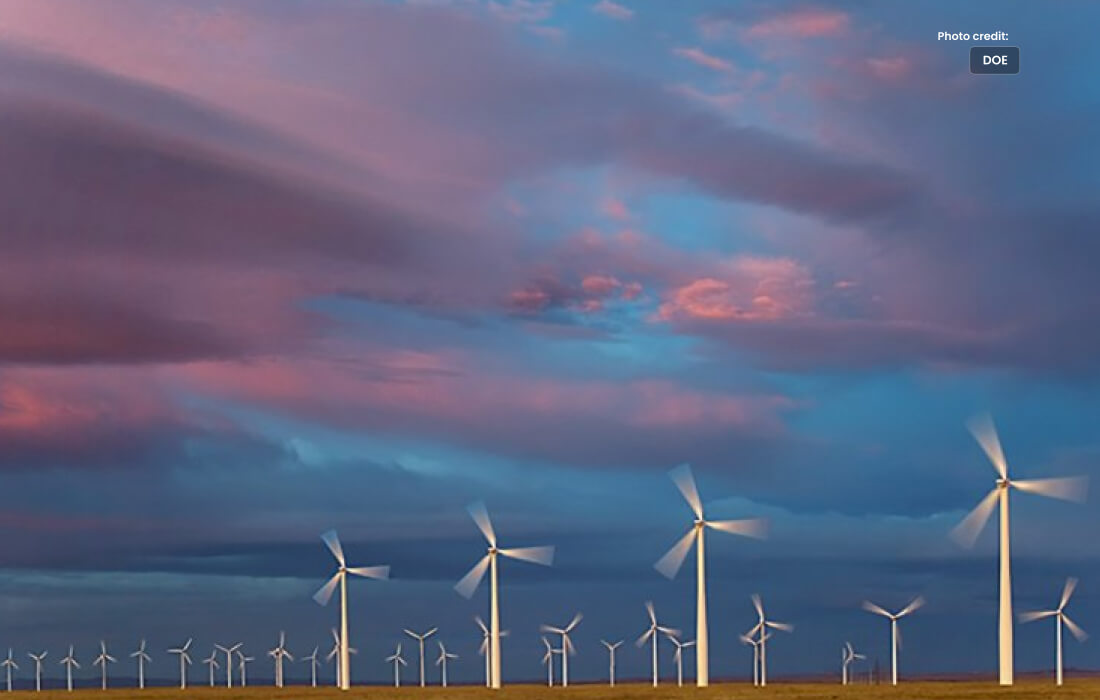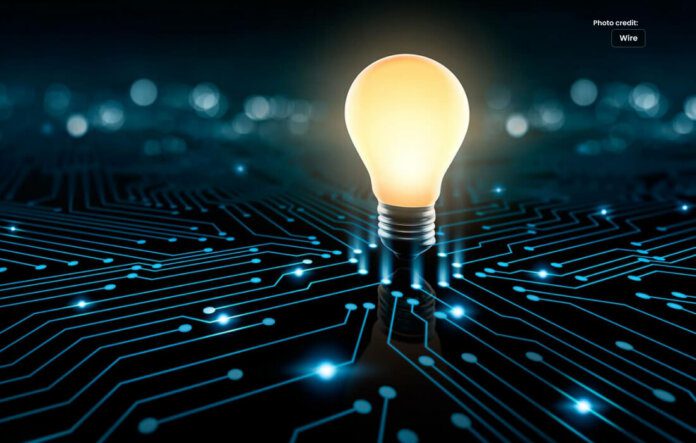Energy is like electricity. The movement of electrons is electricity.
The electricity electrons that surround the nucleus of an atom are negatively charged particles. A protons positive charge is equivalent to an electrons negative charge, and an atom typically has an equal amount of protons and electrons.
An atom may gain or lose an electron if an external action disturbs the equilibrium between protons and electrons. The free movement of these electrons, which occur when electrons are “lost” from an atom, creates an electric current.
We use electricity more than any other type of energy since it is a fundamental component of nature. We obtain electricity, a secondary energy source, by the conversion of primary energy sources like coal, natural gas, oil, nuclear energy, and other natural sources.
Numerous villages and cities were constructed next to waterfalls, which were used as the main source of mechanical energy for water wheels.
Before the advent of electricity generation a little more than 100 years ago, homes were lighted by kerosene lamps, food was kept cold in iceboxes and rooms were heated by stoves that burned wood or coal.
The basics of electricity were slowly recognized, starting with Benjamin Franklin’s experiment with a kite one rainy night in Philadelphia.
The development of the electric light bulb in the middle of the nineteenth century revolutionized human life.
Electricity has been employed in arc lights for outdoor lighting before to 1879. Electricity was utilized in the development of the lightbulb to provide indoor lighting for our houses.
What Is the Use of a Transformer?
George Westinghouse created a device known as a transformer to address the issue of transmitting power across vast distances.
Electricity could be efficiently transferred across great distances thanks to the transformer. As a result, it was able to provide electricity to establishments that were far from the power plant.
Even while electricity plays a significant role in our daily lives, most of us rarely pause to consider what life might be like without it. But we often take electricity for granted, just like we do with air and water.

Electricity serves a variety of purposes for us every day, including lighting, home heating and cooling, and providing power for electronics like computers and televisions.
Heat, light, and power are all applications of electricity, which is a practical and controllable kind of energy.
Today’s electric power system in the United States (U.S.) is designed to guarantee that there is always enough electricity on hand to satisfy demand.
Exactly How Do Turbines Produce Electricity?
In order to power an electric generator or a device that transforms mechanical or chemical energy to electricity, an electric utility power plant utilizes a turbine, engine, water wheel, or other similar machine.
The most popular ways to produce energy are through steam turbines, internal combustion engines, gas combustion turbines, water turbines and wind turbines.
Steam turbines are used to generate the majority of the electricity in the US. A turbine transforms the kinetic energy of a moving fluid (such as a gas or liquid) into mechanical energy.
When steam is driven against a set of installed blades on a shaft, a steam turbine is created. This causes the shaft that is attached to the generator to rotate. In a steam turbine powered by fossil fuels, the fuel is burned in a boiler to heat water in a boiler and create steam.
Large furnaces that burn coal, petroleum (oil), and natural gas heat water to create steam, which then exerts pressure on a turbine’s blades.
Did you know that coal makes up the majority of the main energy utilized to produce power in the US? In 1998, coal accounted for more than half (52%) of the nation’s 3.62 trillion kilowatt-hours of electricity.

Natural Gas
Natural gas can be burned to create hot combustion gases that travel right through a turbine, turning the turbine blades to produce electricity in addition to heating water for steam.
When there is a strong demand for electricity from utilities, gas turbines are frequently used. 15% of the country’s electricity in 1998 was produced by natural gas.
Additionally, petroleum can be utilised to create steam that turns a turbine. The petroleum product most frequently utilised in electric plants that use petroleum to produce steam is residual fuel oil, a product refined from crude oil.
Less than three percent (3%) of the electricity produced in U.S. electricity facilities in 1998 came from the use of petroleum.
Nuclear Power
Steam is created by heating water using a process known as nuclear fission in nuclear power. Nuclear fuel, primarily enriched uranium, is housed in a reactor of a nuclear power station.
Uranium fuel atoms fission (split) when neutrons strike them, producing heat and further neutrons. These additional neutrons have the potential to divide more uranium atoms under carefully controlled circumstances.
Thus, ongoing fission is possible, creating a chain reaction that releases heat. Water is heated to the point that it turns into steam, which rotates a turbine and produces power. Nuclear energy produced 19.47 percent of the nation’s electricity in 2015.
In the United States, hydropower generates 6.8% of the nation’s electricity as of 2013. It is a method in which a turbine attached to a generator is spun by water that is flowing. The two primary categories of hydroelectric systems are those that generate power.
In the first method, dam-built reservoirs hold an accumulation of flowing water. Water exerts pressure against the turbine blades as it flows through a pipe known as a penstock, driving the generator and generating power.
Instead of using falling water to pressurize the turbine blades, the second approach, known as run-of-river, uses the power of the river current to generate electricity.
What Process Generate Electricity?
Generator is a machine that converts mechanical energy into electrical energy. The method relies on the interaction between magnetism and electricity.
An electric current flows through a wire or any other electrically conductive substance as it passes across a magnetic field.
Fixed conductor is utilized in the huge generators used by the electric utility business. A magnet is fastened to the end of a spinning shaft and placed inside a stationary conducting ring wrapped in a long, continuous piece of wire.
Each length of wire passing through the magnet experiences a tiny electric current as it turns. Each every wire segment acts as a tiny, independent electric conductor.
One current of significant size results from the combination of all the little currents of the many sections. Electricity is produced using this current.
Additional Generating Sources
Heat energy that is buried deep within the earth is the source of geothermal energy. Magma runs close enough to the earth surface in some parts of the nation to heat subsurface water into steam, which may be tapped for use at steam-turbine plants.
Although the U.S. Energy Information Administration estimates that nine western states have the capacity to create enough electricity to meet 20% of the country energy needs, as of 2013, this energy source only provides less than 1% of the nation’s electricity.
Sunlight energy is used to generate solar power. The energy of the sun is dispersed extensively and is not available continuously. In the past, solar energy production methods have been more expensive than those that utilize traditional fossil fuels.
In a photovoltaic (solar) cell, photovoltaic conversion produces electricity directly from the sun’s light. Solar-thermal electric generators use the sun’s heat to create steam that powers turbines. Less than 1% of the country’s electricity was generated from solar energy in 2015.
Process of turning wind energy into electricity is known as wind power. Similar to solar energy, wind power is typically a costly form of generating electricity.
It supplied around 4.44 percent of the country’s electricity in 2014. An ordinary wind mill is comparable to a wind turbine.
Other energy sources for generating power include biomass (wood), municipal solid waste (trash), and agricultural waste like corn cobs and wheat straw. In the boiler, these sources take the place of fossil fuels.
Waste and wood are burned to produce steam, which is commonly used in traditional steam-electric facilities. 1.57 percent of the electricity produced in the United States in 2015 was derived from biomass.
How Is Electricity Measured?
Watts are units of power used to measure electricity. It was named after the inventor of the steam engine, James Watt. One watt of power is extremely little. To equal one horsepower, roughly 750 watts would be required.
A kilowatt is equal to 1,000 watts. The energy of 1,000 watts working for one hour is equal to one kilowatt-hour (kWh). Kilowatt-hours (kWh) are the units of measurement for the amount of electricity generated by a power plant or consumed by a customer during a given time period.
Kilowatt-hours are calculated by multiplying the required number of kWs by the number of hours of consumption. For example, if you use a 40-watt light bulb for 5 hours every day, you have used 200 watts, or.2 kilowatt-hours of electricity.




